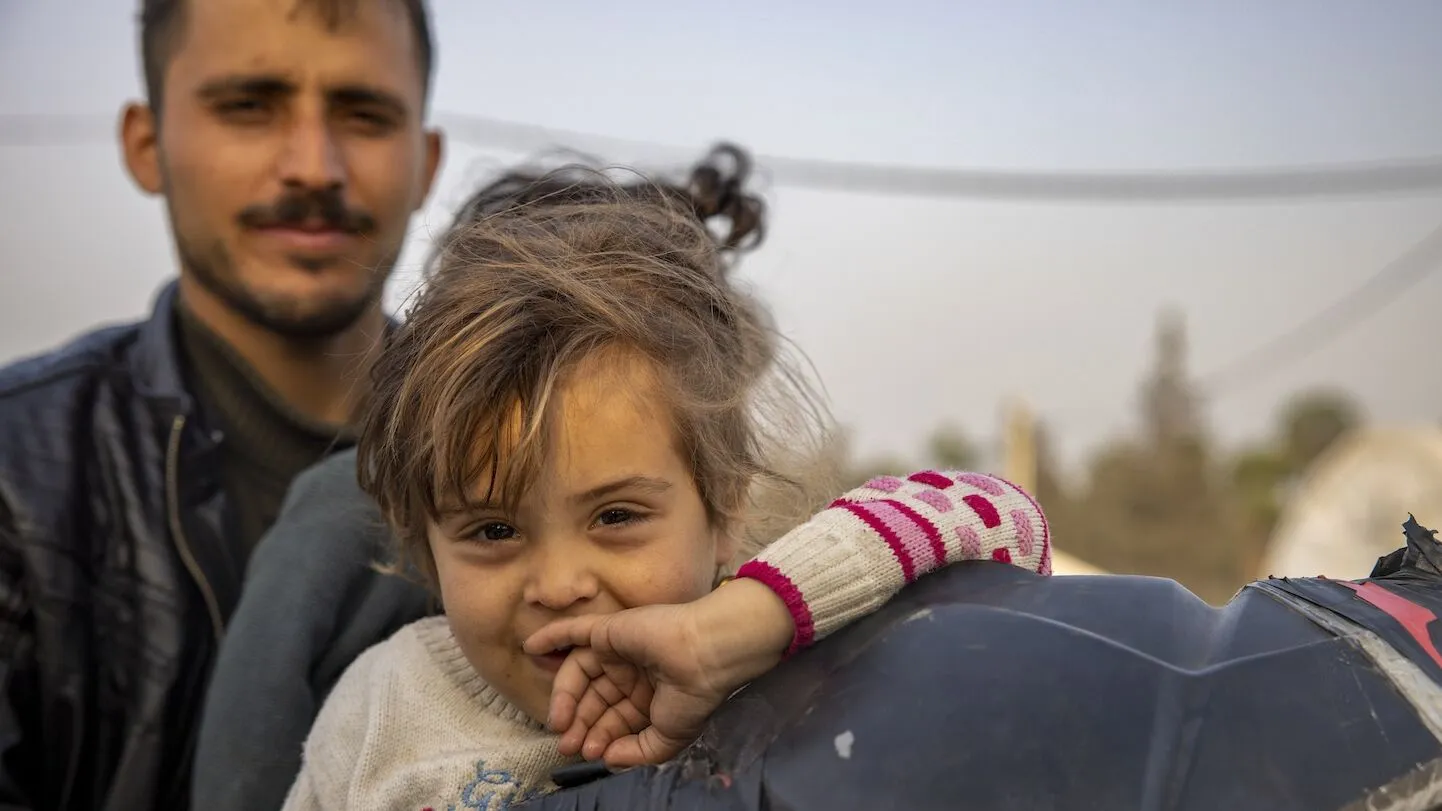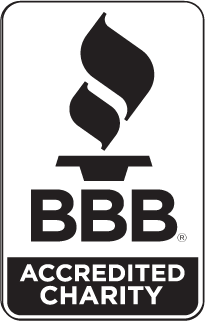On the Ground: Inside Türkiye’s Long Road to Recovery
Months after a devastating earthquake changed life forever in southern Türkiye, the needs are still great. Read a first-hand account from a Project HOPE team member helping lead the recovery.

February 6, 2023.
When I woke up at 6:15 a.m. and saw countless calls and texts on my phone, I couldn’t figure out what had happened. I read the messages with half-asleep eyes, all of them saying one thing: “There was a very big earthquake. Are your parents OK?”
When I searched the internet, I saw the disaster and destruction. I remember being frozen for a while. I began to reach out to family and friends. But some of my friends’ phones were turned off, never to be turned on again.
The quickest way to get around the area would be by air. However, the airway corridor was only being used for emergency response, search and rescue teams, medical teams, and the shipment of medical supplies to the earthquake area. I was stuck in my house in Istanbul.
Emergency response teams were being organized all over the world, and many of them were already on their way by plane. Some of them reached out to me and asked for help accessing the relevant authorities in the earthquake region. All day, from morning until evening, I supported countless organizations as much as I could as a volunteer to reach the right people in the region. At least I was able to do that.
That night, I contacted Project HOPE and joined Project HOPE’s Emergency Response team the next day.

It would be difficult to get to the earthquake zone by air. So I flew to Ankara and met up with our Emergency Response Team from North Macedonia and our partner, SAMU, who had arrived from Spain. Together, we set off from Ankara to Gaziantep. We were aware of the fuel problem in the area and stopped at almost every gas station to get spare fuel along the way, filling water bottles with fuel and continuing on our way.
The road and traffic were normal until we reached Bahçe, west of Gaziantep. However, seeing the highway shattered meters deep seemed to give us a warning to be prepared for the massive disaster.
From Bahçe to Gaziantep, a trip that normally took 90 minutes took seven hours. It was around 7 p.m. when we arrived in Gaziantep. There was no electricity in the city, and just one house had a light on. It was as if we had entered a ghost town. I have never felt so much silence in my life.
After dropping off our luggage at the hotel, we immediately began searching for the location of the crisis management center. When we arrived at the crisis center, we could see the fearful looks in people’s eyes that reflected indescribable desperation and the uncertainty of not knowing what was going to happen.
As soon as the meeting was over, we immediately went into the meeting hall and met with the provincial health director of Gaziantep. We asked, “How can we help you?”, and with that, Project HOPE started our journey to respond to the earthquake in Türkiye and Syria.

Before we arrived, our partner SAMU had already started search-and-rescue operations for those trapped under the rubble in Adıyaman and Hatay. On our trips out to Kahramanmaraş, Hatay, and Adıyaman provinces, I saw the most deplorable picture. Thousands of buildings had crumbled like paper boxes. Homes, public buildings, hospitals — everything was gone.
As the curtains fluttered out from the windows of the collapsed buildings, I could only think of one phrase: nothing will ever be the same for these people.
Everything you can think of was needed in the earthquake zone. But first, survivors needed clean water, heating, medicine, and a place to shelter. Project HOPE took an active role in the emergency response to support health workers to ensure the continuity of health care and to strengthen the health system with supplies like generators, medicines, blankets, hygiene kits, medicines, containers, incubators, medical supplies, and sleeping bags.
In the early days of the earthquake, the most affected provinces were overflowing with emergency medical teams from around the world. But as time went on, more resources would be needed to meet the needs that would remain after they left.



It has been months since the earthquake.
Certain needs of earthquake victims have been met: things like tents, housing containers, primary health services, and psychosocial support. In fact, the foundations of some houses have already been laid. However, clean and potable water is still a serious problem in the region. Project HOPE has allocated solar water chlorination devices for 50 villages to alleviate the problem. Access to hygiene materials continues to be another need. Winter is coming fast and will be harsh.
Of course, the needs are not limited to physical health. Access to mental health services for earthquake survivors who have still have not recovered from the shock and have suffered great losses remains vital. Public institutions and INGOs are doing valuable work on this issue. However, it is a serious need and will be important to prioritize for many more years.
At Project HOPE, we continue to respond to the needs in partnership with public institutions as well as through our local partners, and we will continue to do so. This includes mental health and psychosocial support to the communities affected by the earthquake in both Türkiye and Syria together with our local partners.
It is not possible to say exactly when things will work out here. However, with Project HOPE, I hope to continue to support and serve the earthquake victims in Türkiye and Syria. Because we still have a lot of work to do here.
Nezahat Yildirim is Project HOPE’s Senior Program and External Relations Manager For the Türkiye and Syria earthquake response.








